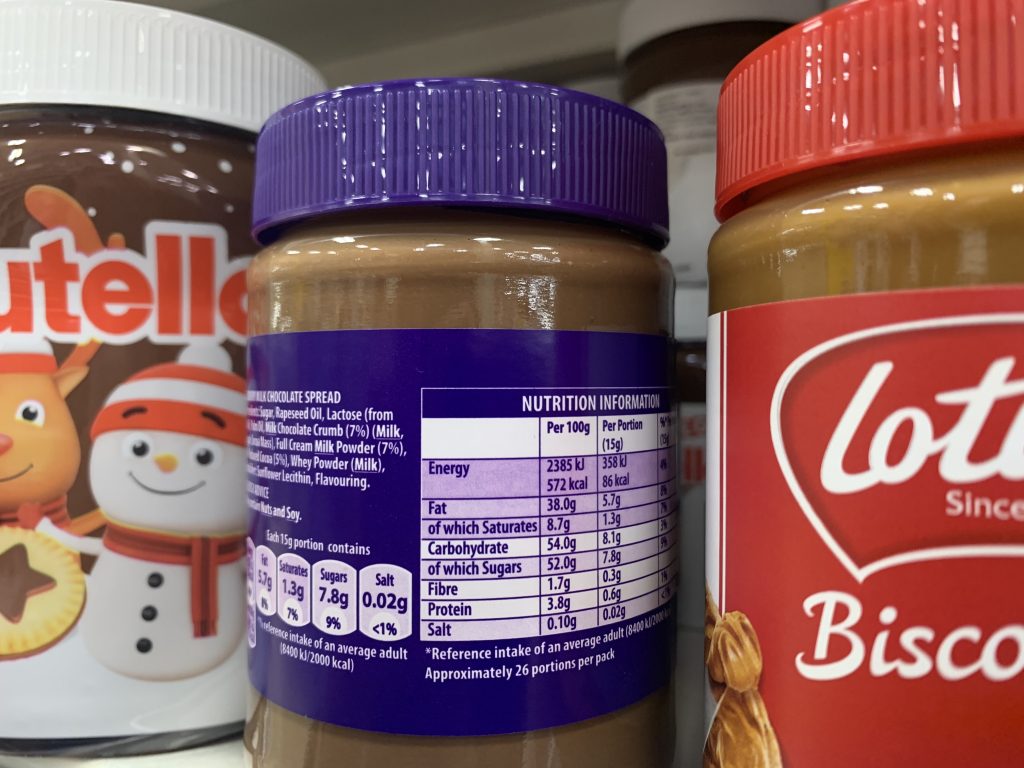
New research has shown that displaying how much exercise people need to do in order to burn off calories, could be effective in helping individuals to indulge less.
In Salford, childhood obesity is at an all time high. At present, one in five children aged between 10 and 11 are obese.
Salford City Council has set out plans to transform the city into a more active environment, in order to increase healthy eating and weight loss.
The Greater Manchester Obesity Awareness Support Group has also been working towards lowering obesity in Salford.
Jack Carney, co-founder of the support group says: “The focus at the moment is very much on childhood obesity.
“10 percent of our children in Salford schools are obese at age 5. By the time they get to age 11 that figure’s doubled to around 22 percent. Now that’s quite a frightening thing.”
10 percent of our children in Salford schools are obese at age 5
The obesity awareness support group has already had a big impact on Salford through initiatives such as the big mile.
Jack believes that labelling could only benefit tackling the problem of obesity: “I think it would make people more aware of the products that they’re actually buying. I think people generally do start reading what’s on labels now.”
Researchers from Loughborough University proposed that excessive eating could be reduced through a new labelling system.
Physical activity calorie equivalent or expenditure (Pace) labelling tells consumers how many minutes of exercise they need to do, to burn off the calories.
They found that with this initiative people could burn up to around 200 calories a day on average.
The Pace scheme, is believed to encourage healthier eating habits and also tackle obesity, by giving an objective to how much exercise a person should be doing.
Residents of Salford were in agreement that the method would be a positive for monitoring a person’s food consumption.
Local businessman, Greg Kemp, said: “You want to know how to work it [the food] off.”
Salford student George Cotton was in agreement and said: “If you know what you actually have to do, it would stop you just having loads [of food] in a row.”
Michael Thomasson, a fitness instructor from Salford, said: “A lot of people misunderstand the quality of the food they are eating.”
Michael explained how changing habits is hard for some people to do, despite potential health risks:
“When you explain to them how much exercise they have to do for a certain amount of calories, they are shocked.”
The 35-year-old said: “There’s a bit more to it than just labelling.
“Some people may start to obsess [and] exercise every time they’ve eaten rather than trying to fit it in as part of their daily lifestyle.”
Although obesity continues to be an issue in Salford, Pace labelling could deter residents from consuming high calorie products irresponsibly.
There are a number of other methods to reduce Salford’s obesity problems, in time. For instance, there are 60 green spaces, 16 of which, have dedicated park gyms, to inspire people to get moving.
“I think Salford is doing a fantastic job, we are way ahead of the game”, Jack Carney explained that he wanted the people of Salford to feel upbeat: “What we’re doing here is really having a good go at trying to tackle the problem, and it’s working better than it is in other cities.”
Image credit: Rachael Allison















Recent Comments